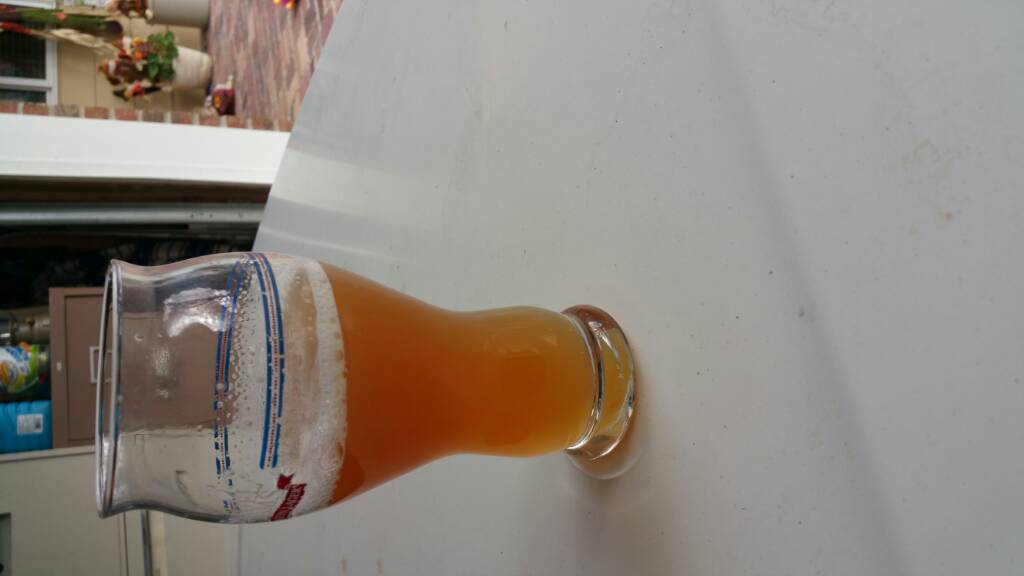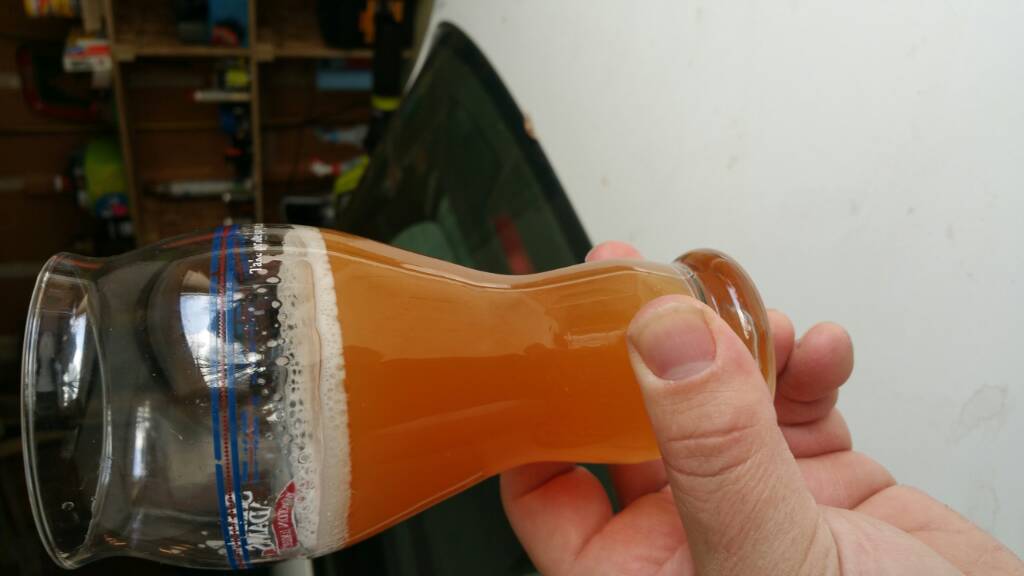Gah, my original reply was lost in the boards upgrade.
I don't understand why you would take a dig at US food and safety. The Volkswagen diesel emission scandal, a massive horse meat scandal, anecdotal comments about food quality and taste in England, and your laxidasical comments about chicken. Clearly the US isn't the only one with a problem.
https://www.theguardian.com/environ...food-poisoning-health-safety-deaths-thinktank
Fortunately I don't eat Volkswagens, and if you're going to include the rest of Europe it should be pointed out that you can find horsemeat in French supermarkets, they even have dedicated horse butchers, so the "scandal" of horsemeat is more a matter of cultural perspective. And I think I was trying to bring some precision to
your lacksadaisical graph about chicken.
Just as background, I was tangentially involved in some of this kind of stuff in a previous life - I was just a minion but my boss was the guy that the USDA would call when they wanted to talk to "Britain" about our speciality. So I have seen this stuff from the inside, and personally I get suspicious when there
aren't scandals - for instance it was always strange that France didn't report any cases of BSE when all her neighbours had it. In our little world it was another of our friends across the Channel that always seemed to be the source of problems, either through carelessness or illegality. They were so in thrall to their industry that the only problems that hit the headlines were the ones that had spiralled out of control; "UK testing discovers problem in imports of X from country Y" didn't normally get into the papers.
You do realise how lame it sounds to include "anecdotal comments about food quality and taste in England" in a discussion of food safety? I could equally judge US food safety on anecdotal stories about the taste of Big Macs. There may be a load of tourist dives in London which no local ever goes to, but there's no excuse for eating badly in the UK these days. Same also applies to beer, London is kinda notorious for cellarmanship that's below the UK average, but presumably uninformed tourists help keep those places in business - and there's plenty of great beer if you take the trouble to inform yourself where it is.
As it happens I've also been involved on that side of the fence, so I'm well aware of what it takes to get a 5* food hygiene rating. Merely having a clean kitchen only gets you 1-2*, most of it is all about process - dating food, recording fridge temperatures, that kind of thing. It's onerous, but it does mean that the hygiene ratings mean something.
But I never said that the UK was perfect, merely that the US is lax in comparison. From your Guardian link : "Each year
food poisoning results in 20,000 people being hospitalised and 500 deaths." The US has nearly 5x the population of the UK, so if the US had a similar food safety record to the UK, you'd expect the US to have just under 100,000 hospitalisations and 2500 deaths.
https://wwwnc.cdc.gov/eid/article/5/5/99-0502_article
"foodborne diseases cause approximately 76 million illnesses, 325,000 hospitalizations, and 5,000 deaths in the United States each year"
QED
























![Craft A Brew - Safale S-04 Dry Yeast - Fermentis - English Ale Dry Yeast - For English and American Ales and Hard Apple Ciders - Ingredients for Home Brewing - Beer Making Supplies - [1 Pack]](https://m.media-amazon.com/images/I/41fVGNh6JfL._SL500_.jpg)





































